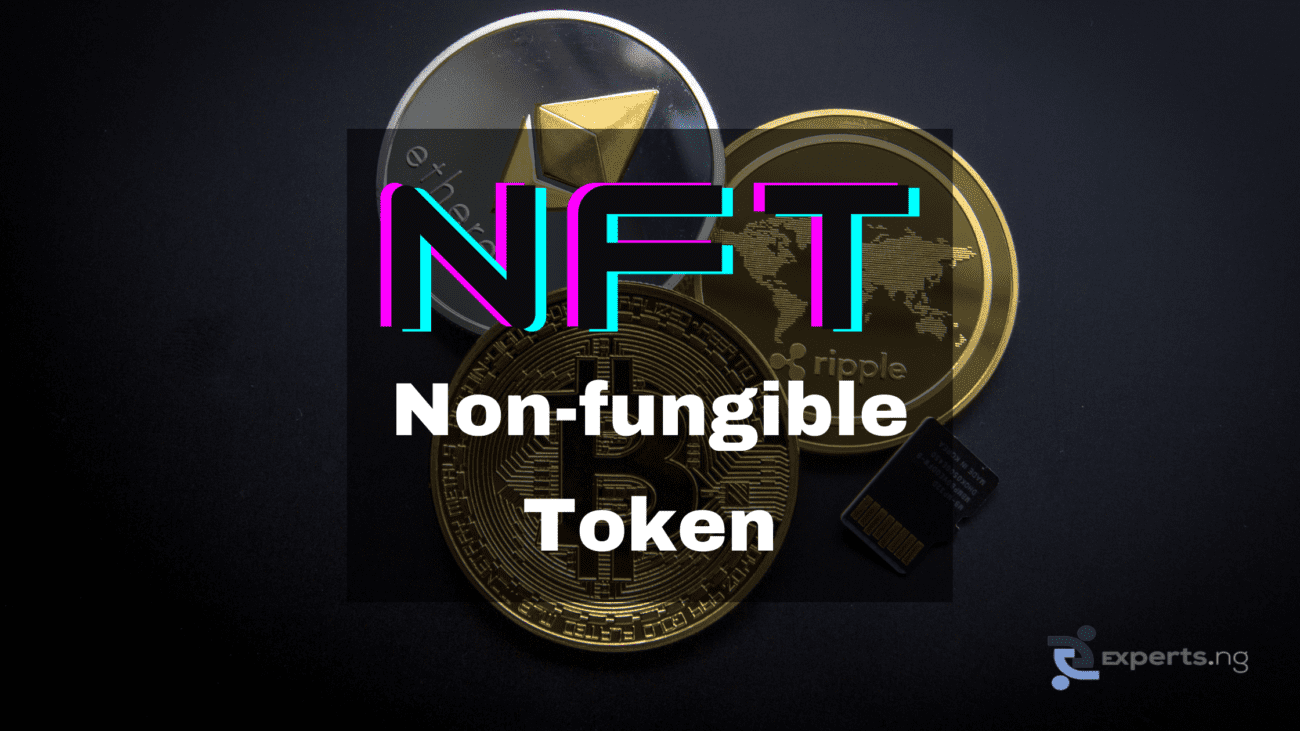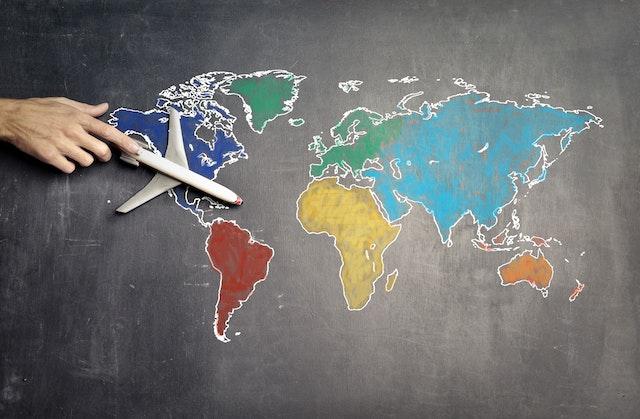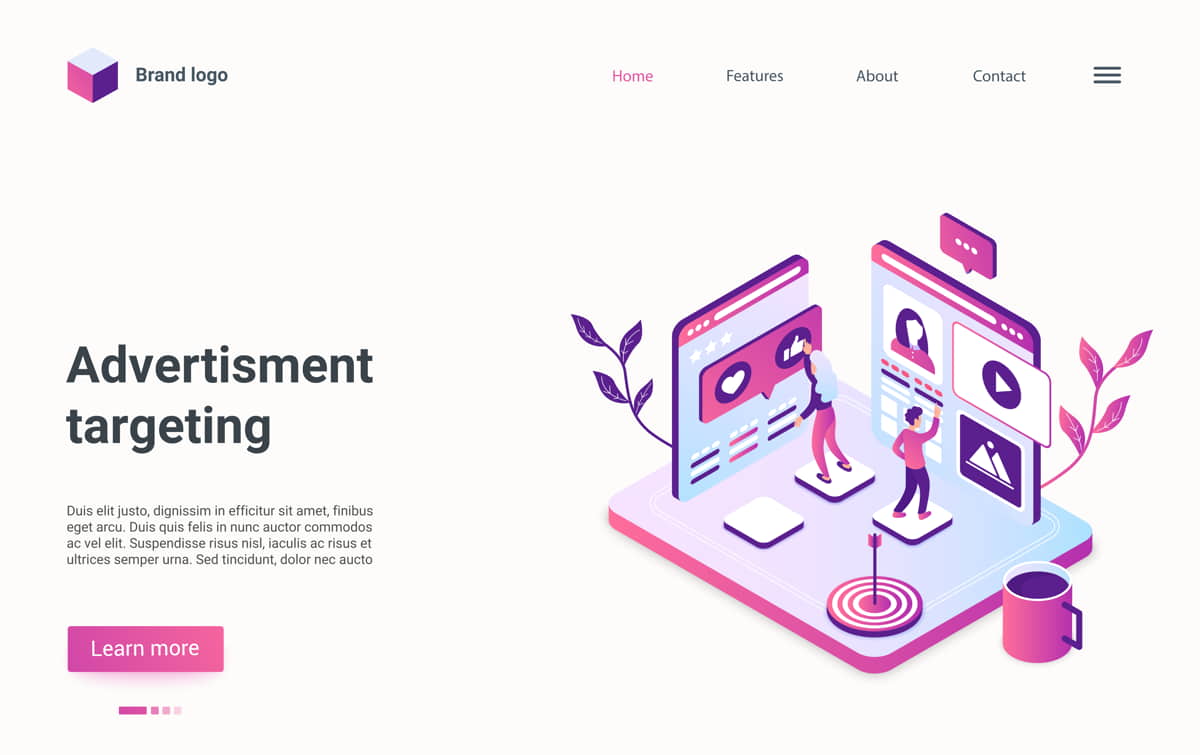No term has confused me more than NFTs and its relatives such as Defi, Metaverse, Web 3.0 and others in recent time. You will agree that cryptocurrency’s introduction and massive adoption have opened the flood gate of new tech buzzwords. For starters, you have new cryptocurrencies being introduced to the market almost on a daily basis. I just heard of one that is increasing in popularity by the day. They said the name is $Shibi (funny, because shibi is a spoon in Yoruba language). Someone is probably working on plate crypto as we speak.
Anyways, as I learn more about each of those other terms, I will be here to share with you. But for now, what is NFT?
I came across NFT first on Twitter. Some random guy somehow found his way to my TL to announce that he sold a piece of art as NFT for about $100,000. I know the prices of artwork can be very unpredictable to a layman like myself (for instance, why is Monalisa painting that expensive? why?) but from the reaction on this post, that artwork wouldn’t have sold for that much in physical market. So, safe to say this was the beginning of my confusion with NFT;
Today I know a lot more about NFT, and I’m going to make sure you know as much as I do by the end of this read. Let’s go!
Contents
What is NFT?
NFT stands for non-fungible token. Non-fungible tokens are digital assets that are unique and not interchangeable. To better understand what NFTs are, you should know that the opposite of NFTs are fungible assets which include money and even bitcoin. For instance, you can swap your N10,000 for $24. This is however not possible with an NFT because it’s not interchangeable.
Did you know that people were also sceptical about paper money when it was first introduced? Well, now you know. So, whatever scepticism you have about NFT now will most likely not stand the test of time.
Digital objects are used to create NFTs which represent tangible and intangible items, such as:
- Art
- Music
- GIFs
- Designer sneakers
- Videos and sports highlights
- Virtual avatars and video game skins
- Collectibles
A reason to buy an NFT is its emotional value, which is not so different from what you get when you purchase an item in the real world…unless you’re an absolute utilitarian. For instance, lip gloss is not a necessity. People, mostly ladies, buy it because how it makes them feel – emotions. The same applies to digital assets like GIFs, images, videos, or other types of media.
Another reason is that you believe it’s valuable…and only going to increase in value. Yes, it is possible to profit from an NFT by buying and reselling it at a profit.
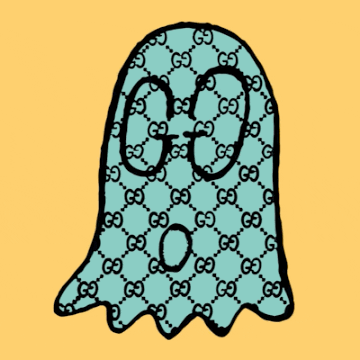
Are NFTs new?
NFTs have become popular in recent times, but that does not mean they are new. Andrew Steinwold found that their origin goes back to 2012 blockchain-backed Colored Coins, but the CryptoKitties, which had everyone buying virtual cats in 2017, brought them into the mainstream.
NFT interest has exploded recently, as evidenced by Google search trends. CryptoKitties’ creators have created Top Shot, a platform that lets NBA fans sell, buy, and trade highlights, and digital artwork.
How do NFTs work?
NFTs are fundamentally part of the Ethereum blockchain at a very high level. Like bitcoin and dogecoin, Ethereum is a cryptocurrency, but its blockchain also supports NFTs, which can store extra information that makes them different from, for instance, an ETH coin. By the way, NFTs can be used in other blockchains as well.
Here is where NFT gets a bit complicated. A work of art could be going for a million dollars, and you, a random Joe, could still be able to download the same piece of art for free. That makes no sense, does it?
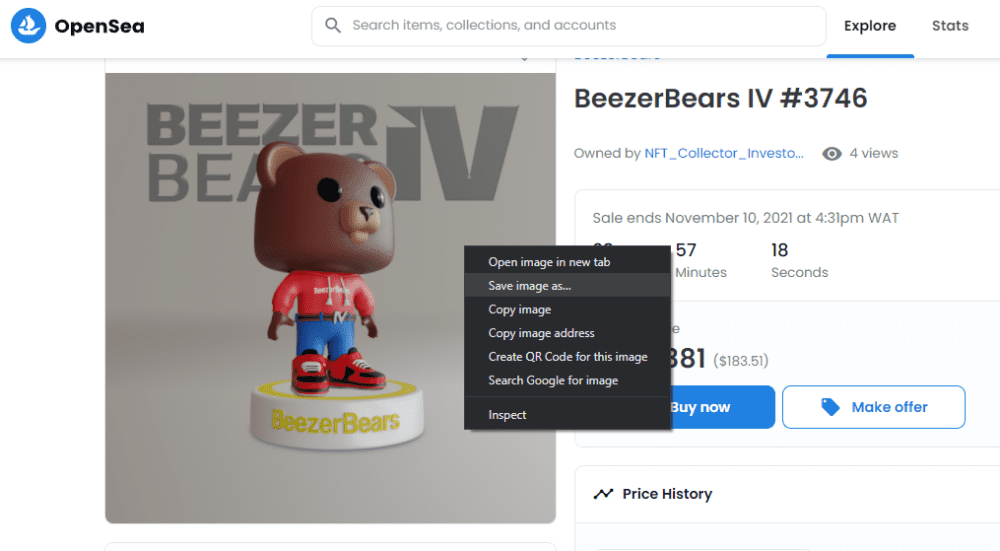
Well, a digital file can be copied unlimited times, including the artwork that comes with an NFT.
However, NFTs provide something that cannot be copied: ownership of the work (though the artist can still retain the copyright and reproduction rights, just as in the case of a physical piece of art). Putting it in terms of physical collection: anyone can acquire a Monet print. However, the original can only be owned by one person.
How to buy your first NFT?
If you’re interested in starting your own NFT collection, you will need a few key items.
As a first step, you must get a digital wallet where you can store your NFTs and cryptocurrencies. Depending on what currencies your NFT provider accepts, you might have to purchase some cryptocurrency. Coinbase, Kraken, eToro, PayPal, and Robinhood now allow you to buy crypto with your credit card. The money can then be transferred to your preferred wallet from the exchange.
As you research options, you’ll need to take fees into account. A percentage of your transaction is often charged when you buy cryptocurrency on exchanges.
Common NFT terms and meaning
- NFT – Non-fungible token
- Non-fungible – Unique
- Token – Certification of uniqueness stored on the blockchain that can represent any physical or digital good
- Certified – Real
- Gas – A fee required to complete a transaction on Ethereum. It’s like a processing fee for bank transactions.
- Taxes – Paid for the ability to transact
- Mint – To create an NFT
- Pfp – A type of NFT made to be used as a social media avatar. Look around; they are now widespread on Twitter.
- Floor – The cost of buying the cheapest NFT in a collection that’s available for sale
- OS – OpenSea, which is the current largest marketplace for NFTs
- To ape in – To buy into a new NFT or coin project
- Hodl – To not sell (i.e. hold) your NFT or coin. It directly translates to Hold on for deal life.
- FUD – Fear, uncertainty and doubt
- Weak hands/paper hands – Those who sell their NFTs early and end up missing out on future profit
- Pumping – When an NFT or coin price is going up pretty fast, usually because someone with a massive influence on social media said something positive about the project
- DYOR – Do your own research
- NFA – Not financial advice
- Rug pull – When NFT project developers abandon it and run with the money. Fraud basically.
- NGMI – Not going to make it, i.e. missing out on an opportunity to make money
- WGMI – We are going to make it. Basically, the opposite of NGMI
- Gwei – Cent is to dollars what Gwei is to Ethereum
- Airdrop – A free NFT usually given as a reward for holding another NFT
- Burning – Destroying your NFT, usually to reduce supply and, by implication, increase the price of remaining relevant NFTs
- Sniping – Getting a great deal
- Sweeping the floor – Purchasing all the NFTs in a project that are available at a floor price
- Breeding – The process of making a new NFT out of an existing one













